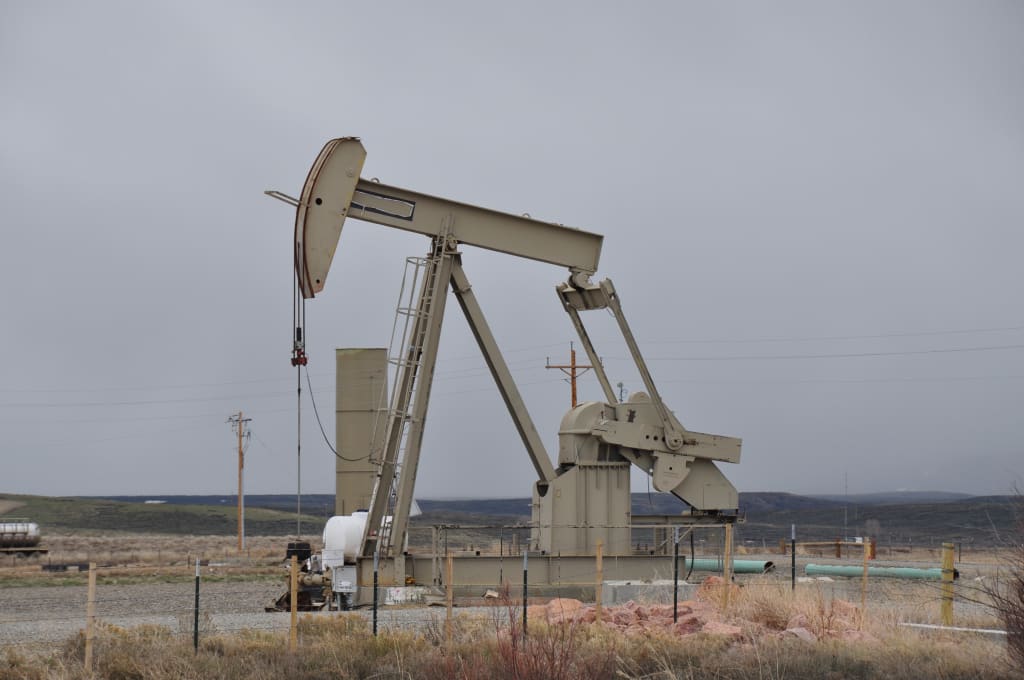Sustainable Aviation Fuel: Paving the Way for a Greener Aviation Industry
"Skyward Shift: Embracing Sustainable Aviation Fuel for a Greener Future"

Introduction:
The aviation industry has made tremendous progress in recent decades, revolutionizing global connectivity and transportation. However, the environmental impact of aviation, particularly regarding greenhouse gas emissions, has raised concerns about its sustainability. To address these challenges, the development and utilization of Sustainable Aviation Fuel (SAF) have emerged as a promising solution. This article explores the concept of SAF, its benefits, challenges, and its potential to transform the aviation industry into a greener and more sustainable mode of transport.
What is Sustainable Aviation Fuel?
Sustainable Aviation Fuel, also known as biojet fuel or renewable aviation fuel, is an alternative to conventional fossil-derived jet fuel. SAF is produced from sustainable feedstocks such as biomass, waste oils, agricultural residues, and even carbon capture technologies. It can be blended with traditional jet fuel or used independently to power aircraft, reducing carbon dioxide (CO2) emissions and contributing to the decarbonization of the aviation sector.
Benefits of Sustainable Aviation Fuel:
Greenhouse Gas Reduction: SAF offers significant greenhouse gas emission reductions compared to conventional jet fuel. When produced from sustainable feedstocks, SAF can reduce CO2 emissions by up to 80% throughout its lifecycle, including extraction, production, and combustion.
Renewable Energy Source: By utilizing biomass and other renewable feedstocks, SAF helps diversify the aviation industry's energy sources, reducing reliance on finite fossil fuels and promoting a more sustainable energy mix.
Improved Air Quality: SAF has lower emissions of sulfur oxides (SOx), nitrogen oxides (NOx), and particulate matter compared to conventional jet fuel. This results in improved air quality around airports and flight paths, reducing negative impacts on human health and the environment.
Energy Independence: By promoting local and regional production of SAF from locally available feedstocks, the aviation industry can reduce dependence on international oil markets, enhancing energy security and resilience.
Challenges of Sustainable Aviation Fuel:
Feedstock Availability and Scalability: Scaling up the production of SAF faces challenges in terms of feedstock availability, sourcing, and logistics. However, ongoing research and development efforts are focusing on innovative solutions, including the use of algae and carbon capture technologies to overcome these limitations.
Cost and Infrastructure: The current cost of SAF production is higher than conventional jet fuel due to limited production capacity and economies of scale. Additionally, significant investments are required in refining and distribution infrastructure to accommodate the increasing demand for SAF. However, as production scales up and technology advances, the cost of SAF is expected to decrease, becoming more competitive in the long run.
Sustainability Certification: Ensuring the sustainable sourcing and production of SAF is crucial to maintain its credibility and maximize its environmental benefits. Robust certification schemes and standards are being developed to provide clear criteria and guidelines for the sustainable production and use of SAF.
Government Initiatives and Industry Collaboration:
To promote the uptake of SAF in the aviation sector, governments and industry stakeholders are implementing various initiatives:
Policy Support: Governments worldwide are implementing policies, such as blending mandates, tax incentives, and carbon pricing mechanisms, to incentivize the production and use of SAF. These policies aim to create a favorable market environment and drive investment in sustainable aviation fuel technologies.
Research and Development: Collaboration between governments, research institutions, and industry entities is essential for advancing SAF technologies. Funding programs and research partnerships can accelerate the development of innovative feedstocks, refining processes, and storage solutions, making SAF more cost-effective and sustainable.
Public-Private Partnerships: Public-private partnerships are crucial for sharing knowledge, expertise, and resources to overcome the barriers to SAF adoption. Collaboration between airlines, fuel producers, airports, and sustainability organizations can drive innovation, advance SAF production, and establish sustainable supply chains.
Conclusion:
Sustainable Aviation Fuel represents a significant step forward in reducing the aviation industry's environmental impact and achieving decarbonization goals. By leveraging sustainable feedstocks and advanced refining technologies, SAF offers a viable alternative to traditional jet fuel, minimizing CO2 emissions and improving air quality. Although challenges remain in terms of feedstock availability, cost, and infrastructure, the collective efforts of governments, industry stakeholders, and research institutions are driving progress in the development and adoption of SAF. As the aviation industry embraces sustainable practices, SAF holds immense potential not only to mitigate climate change but also to enhance energy security, promote economic growth, and shape a greener and more sustainable future for air travel.
About the Creator
Word Weaver
By reading more from me, you can learn new things and gain valuable insights. So, let's explore together!






Comments
There are no comments for this story
Be the first to respond and start the conversation.